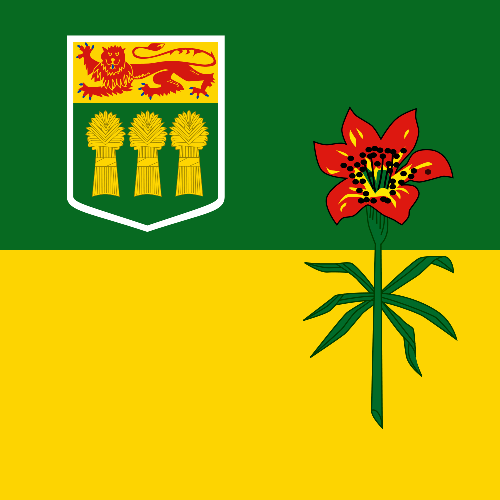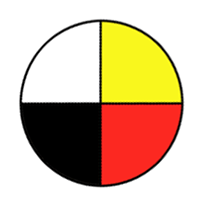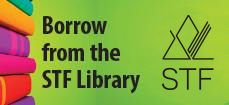Represent key ideas and events, in a logical sequence and with detail, in different ways (including dramatization, pictures, sounds, physical movement, charts, models, and drawings).
| (a) |
Understand that making pictures, illustrations, and other representations clarify and extend understanding. |
| (b) |
Select and use the appropriate before, during, and after strategies when using various forms of representing to communicate meaning. |
| (c) |
Use applicable pragmatic, textual, syntactic, semantic/lexical/morphological, graphophonic, and other communication cues and conventions to construct and communicate meaning when using various forms of representing. |
| (d) |
Check for details in work. |
| (e) |
Dramatize a story (e.g., a traditional First Nations, Métis, or Inuit story). |
| (f) |
Explore electronic technology to represent ideas and events. |







This video's controlled vocabulary, simple sentence structures, and chapter segments make it an ideal choice for emergent readers. Youngsters will be drawn to the cartoon-like animations and quirky story, which offers possibilities for sequencing, predicting, and character analysis. Thematically, this tale could be used for discussions about exotic pets, unusual friendships, families, and overcoming obstacles. From a science perspective, opportunities abound for the study of flies and other insects, particularly those considered pests. Buzz, who is outfitted with a butterfly net, hard hat, and insect jar, will introduce students to the naturalist's world.

